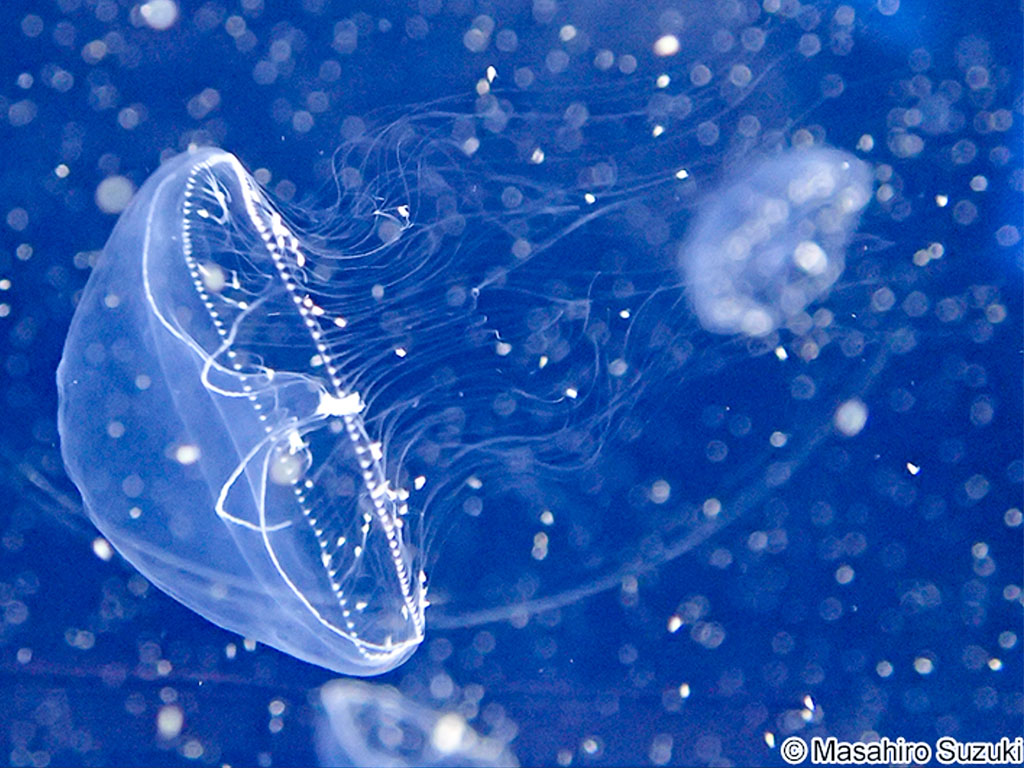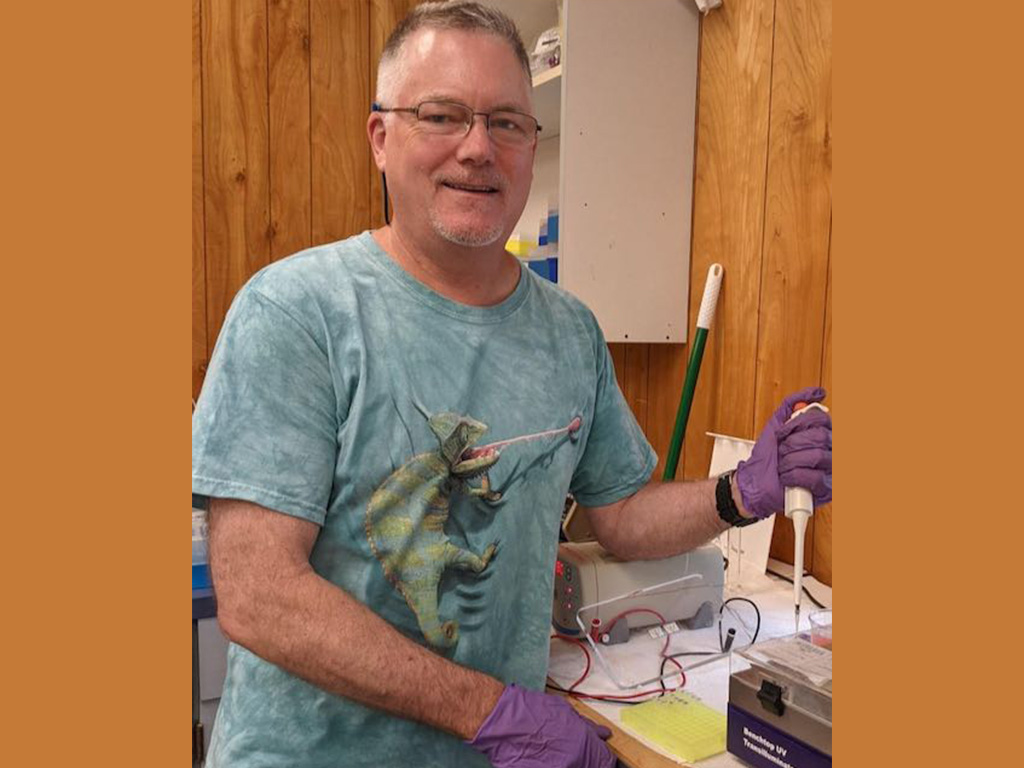
Jellyfish are especially challenging to accurately identify, because they have complex life cycles that include dramatically different looking stages. Image courtesy of Masahiro Suzuki.
HPU Associate Professor of Biology Brenden Holland, Ph.D., has recently co-authored a paper published in the journal Zoological Studies titled “Integrative Systematics and Biogeography of the Hydrozoans (Leptothecata: Eirenidae) Eirene menoni Kramp, 1953 and Eirene lacteoides Kubota and Horita, 1992 from Japan and China with Comments on Pacific Ocean Distributions.”
This publication marks a bit of a career landmark for Holland, as it is his 50th peer-reviewed scientific paper. The story behind this study began when a small, delicate species of jellyfish, Eirene lacteoides, first appeared in a public aquarium in Japan and was described in 1992 as a new species. At that time, it had never been observed or collected from the wild.
“Jellyfish are especially challenging to accurately identify, because they have complex life cycles that include dramatically different looking stages,” Holland said. “They usually have a microscopic larva, then a polyp that can resemble a tiny sea anemone, and finally a swimming adult medusa. It is impossible to get DNA from all of the various life stages in the wild with any confidence that each represents a single lineage. As my colleague and first author, marine biologist Jerry Crow are finding more and more, during international research cruises many species are collected, often by non-specialists. The specimens are then brought to a lab for identification. Today, this means that DNA sequencing is done, and a name is often casually assigned and included with the DNA accession in the public genetic database (NCBI Genbank). But especially for jellyfish, the name is often incorrect, and doesn’t belong with the DNA sequence in Genbank.”

Brenden Holland, Ph.D.
Holland and his team have started using an ‘integrative systematics’ approach, using data from multiple sources, including anatomical photos and sketches of key features from each developmental stage, DNA evidence, plus the geographic source, all used in concert to make a rigorous identification.
“Jerry and I greatly appreciate the chance to work with folks like our Japanese coauthors,” Holland said. “It is a fantastic, unique opportunity and is particularly helpful, because they have an appreciation and sophisticated expertise in raising these small, poorly studied species for display in public aquariums where they work. Then we all collaborate to bring various sources of data to bear and can confidently place the accurate names on the organisms in question.”
Holland and his co-authors focused their efforts to understand the distributions of these two closely related species and correct and clarify the identity, including the one jellyfish that first appeared in the Kamo Aquarium and was described in the early 1990's in Japan.
“Having good, accurate taxonomy is vital, because it allows us to track invasive species and to accurately predict the behavioral ecology, the environmental impacts it might have, and how it will behave when it shows up in different environments, including our coastal waters in Hawaiʻi,” Holland said. “Taxonomy is the scientific discipline concerned with formally describing and naming different species, and I often remind my students that it is fundamentally important to our understanding of what an organism eats, how fast and far it is likely to spread, how, when, and how fast it will reproduce, and what environmental conditions it prefers. Data regarding all of these ecological traits are fundamental to effective environmental protection, as plants and animals continue to be introduced around the world by human activity.”
To read the complete article in the Journal Zoological Studies, click here.


